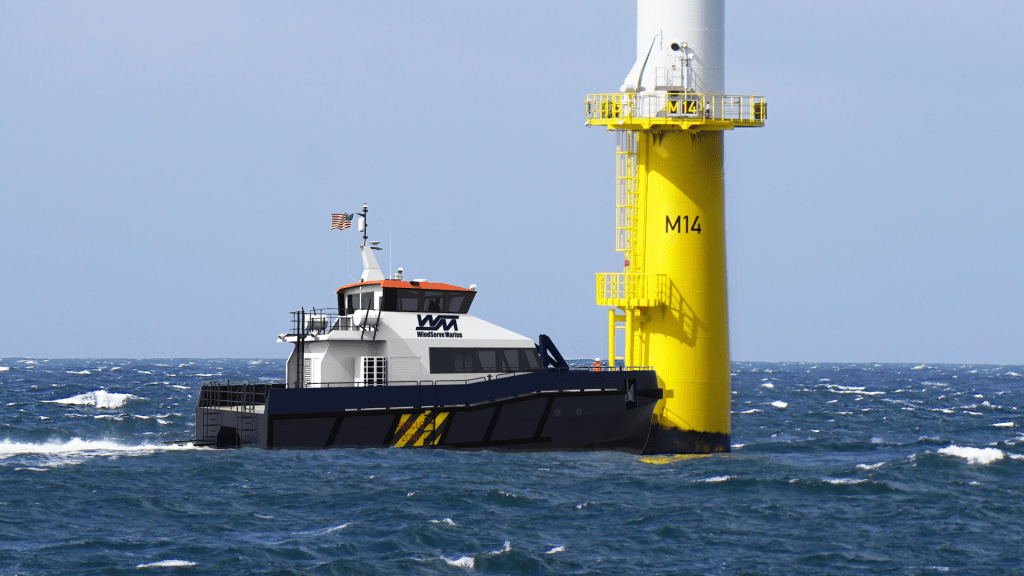On Jan. 1, the National Defense Authorization Act (NDAA) for fiscal year 2021, which includes modifications to the Jones Act, became law.
Historically, past versions of this bill have passed with bipartisan support. The Jones Act lays out designations for the maritime industry, including the offshore oil and gas industry. The new clarifications for the Jones Act will further define U.S. points of entry relating to wind farms which will exclude the use of foreign-vessels and protect the value of U.S.-built vessels.
OCSLA Application to Offshore Wind Farms
Interest in the U.S. offshore wind farm industry has grown and is expected to grow even more under the Biden administration. Offshore and onshore wind is now among the most common sources of renewable energy. It has been generally accepted that offshore wind has the same designation as other fossil-fuel-based energy sources that were included in the Outer Continental Shelf Lands Act (OCSLA). While it was assumed, wind farms were never explicitly included in these protections. Offshore oil and gas operations have this protection and it is explicitly stated in the Jones Act. With the new clarification in the act, wind farms and other non-fossil fuel forms of energy will be included in the Jones Act.
After first being sponsored nearly 10 years ago, this clarification has finally garnered enough support. The Offshore Marine Service Association (OMSA) has stressed the importance of designating wind farm operations as U.S. ports. Under the new clarification for the Jones Act in the NDAA, wind farms are now officially considered U.S. ports.
Foreign-Flag Vessel Exclusion
Since wind farms had not been explicitly included in the Jones Act defining offshore wind farms as U.S. ports, it was possible that that foreign-built,-owned and -operated vessels would have been able to transport goods between U.S. ports. The need for this loophole to be closed was even more apparent during international border closings and tension in foreign trade.
This definition does not change foreign vessels’ ability to install and make repairs to offshore installations. As long as foreign-built vessels do not carry cargo between U.S. ports, they will still be able to operate as they always have.
U.S.-Built Vessel Protection
The new Jones Act modifications provide protection to investors and supporters of U.S. offshore wind farm facilities. Oftentimes, these backers rely on revenue from high-value vessels that were built in the U.S. This protection means that foreign-vessels will not be able to push U.S.-built ,-owned and -operated vessels out of the market.
The modifications made to the Jones Act are not only important to the U.S. offshore maritime industry, they are essential. Without these protections in the recent NDAA law, U.S.-built and -operated vessels could have faced difficult competition from foreign vessels.
More in-depth coverage of the Jones Act on Workboat.com:




